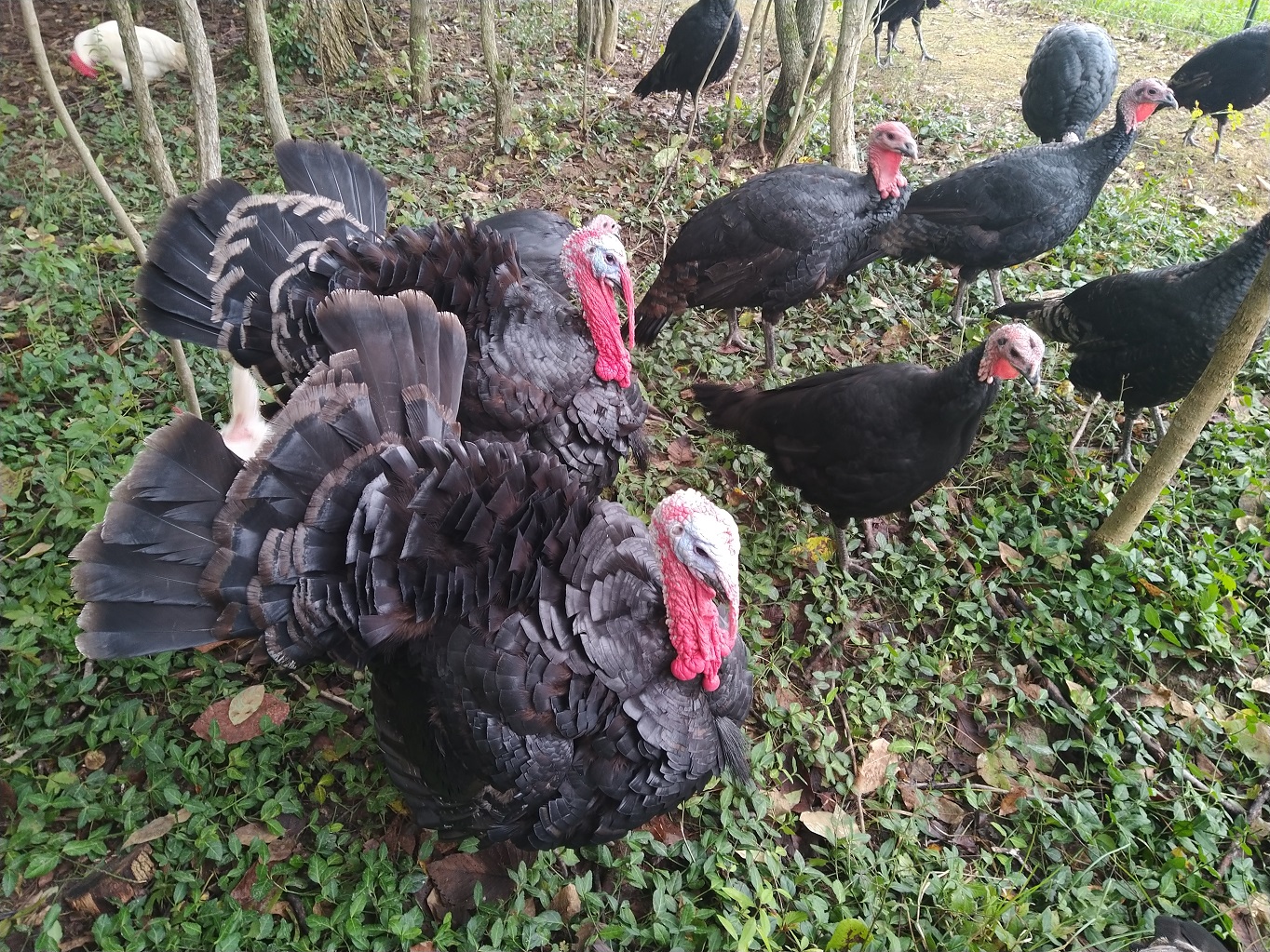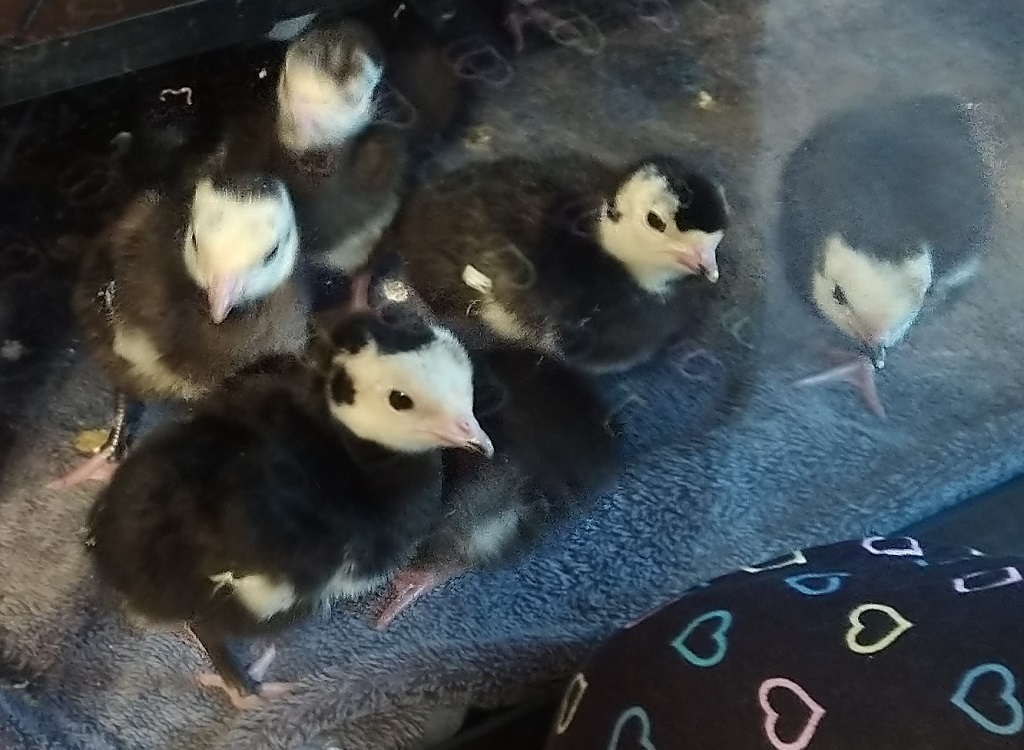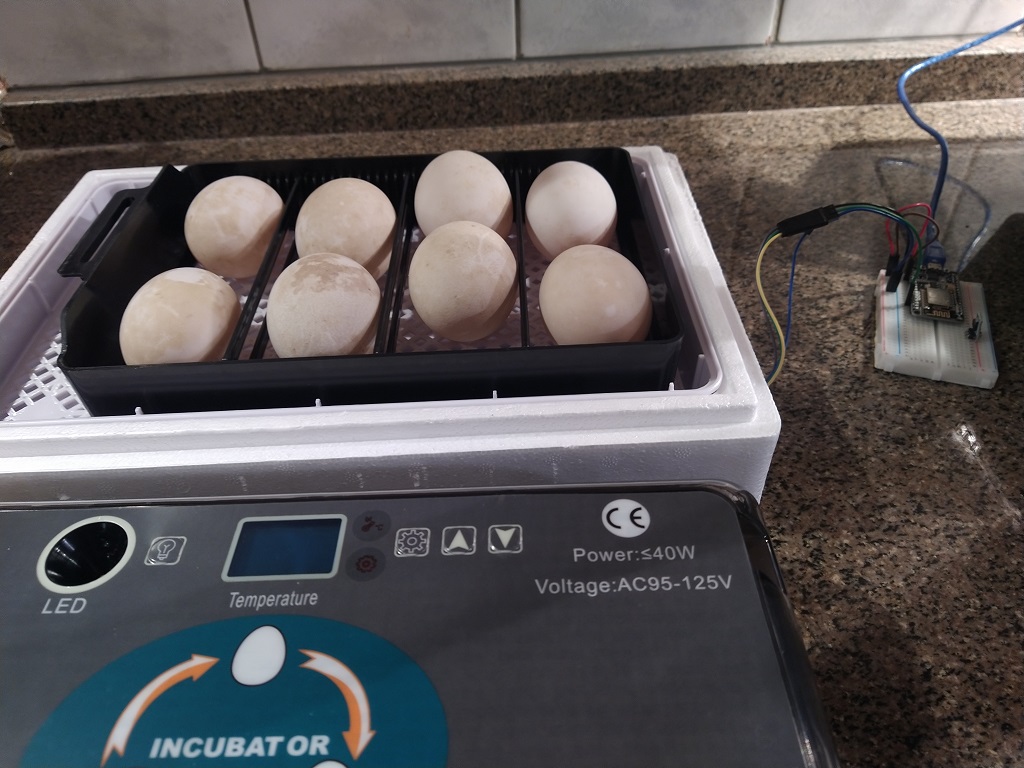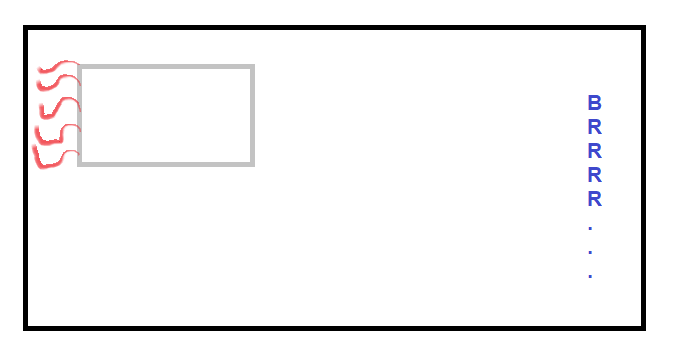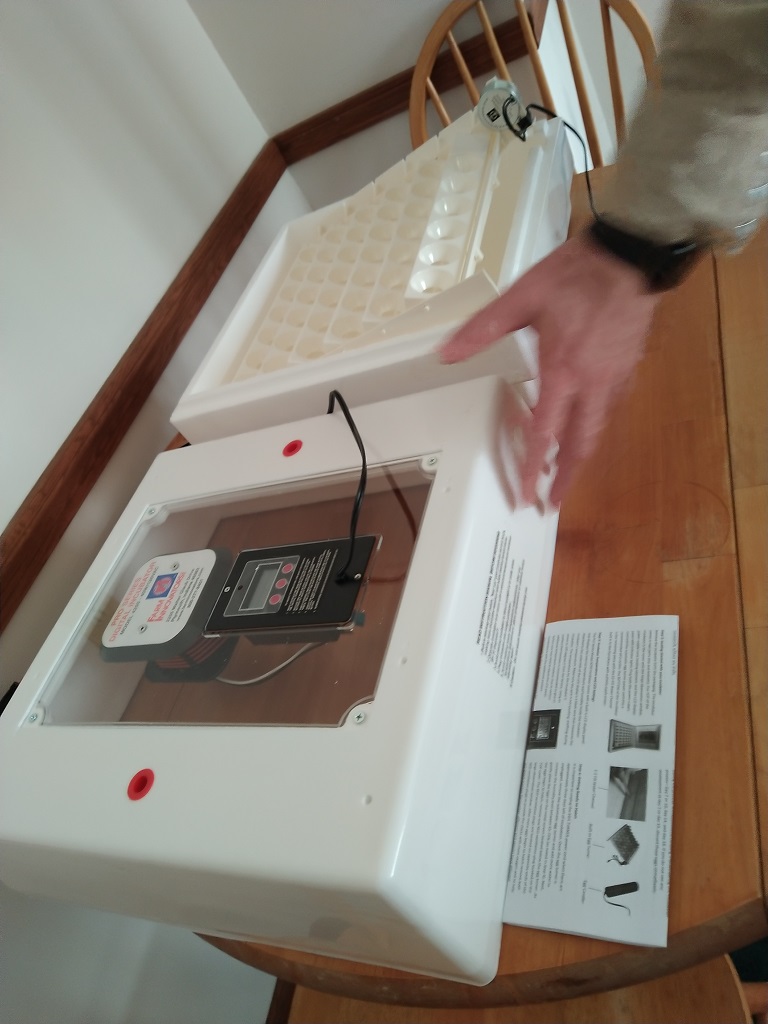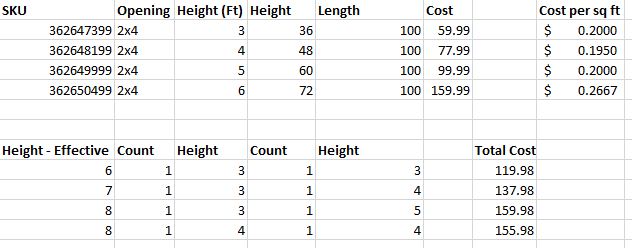We no longer have 22 tiny birds in the house! Stream (the new duckling) spent Monday night outside in the duck coop. We’ve been letting the little one out into the duck yard to hang out and get used to each other, but bringing it into the house at night. I got up at 6-something on Tuesday morning to make sure the little guy was OK and the ducks are now hanging out together in the yard. It was cold — mid 50’s — when I let them out of the coop this morning, and they all were napping next to the pond in the sunshine. The little one was sleeping right next to one of the big ducks.
Then, in the evening, we put the turkeys into the pasture with the big turkeys and chickens. They’ve been hanging out in the baby tractor next to the pasture, so everyone has had a chance to get used to each other. The little turkeys can fly really well — on Monday, Anya got sidetracked bringing the turkeys into the house. She left two thirds of the turkeys in the baby tractor with the zipper open! I noticed the chickens and turkeys were not in the coop, and I walked over to let them in. All of a sudden, this dark shadow comes flying at me … literally, it was a baby turkey who flew some twenty feet and cleared my shoulder. Since they were able to fly themselves out of the pasture, we trimmed feathers on their left wings. Now they look a little asymmetrical, but they mostly stay inside the pasture. Unfortunately, the mesh isn’t small enough and they can pop themselves out of the fencing.
The turkey farm where we picked up four turkeys last year — the owner said the male turkeys take turns sitting on the nest and taking care of the baby guys. I totally believe that after seeing how the big turkeys are with the little ones. They puff up and circle around the gaggle of baby turkeys. When the babies split out into multiple groups, the two big turkeys kind of round them up into two groups and each watch over his group. Anya says they even tuck the little ones around them to sleep.
